There is no shortage of charisma (positive and negative) in Decline of Western Civilization — X, Alice Bag Band, the Germs, Black Flag Mach 1.0. But the segment where a certain Claude Bessy — Slash editor, raconteur extraordinaire, Catholic Discipline ringleader — holds court is different; even the hardcore punks look like poseurs next to Claude’s poetically splenetic rants.
Claude, whose poison pen reviews in Slash were signed with the unassailable pseudonym, “Kickboy Face,” is a profane French chain-smoker who is utterly contemptuous of any kind of hipster canonization of punk or any other music form. When “Decline” director Penelope Spheeris asks, “Does Kickboy have a lot of enemies?,” he practically spits out his reply: “I should hope so, otherwise I am wasting my fucking time.”
As a co-founder of Slash, Claude’s partner Philomena “Philly” Winstanley does not often get her due. Alice Bag wrote of Philomena, “Even though she is reticent and extremely modest about her involvement, her importance to the L.A. punk scene should not go unrecognized.”
Close to the beach, the couple’s Santa Monica house became THE party spot and home-away-from-home for visiting musicians, from the Screamers to Nick Cave and Madness.
Gradually, the line between work and life began to blur. Exhausted, Philomena decided to leave L.A. and return home to London. Claude followed, eventually finding work at venerable label Rough Trade, and then at the legendary Manchester club The Haçienda as a video DJ. Through it all, his take-no-prisoners attitude about music remained intact and as refreshingly acidic as ever.
Eventually, they grew tired of their peripatetic lifestyle, and decided to settle in Barcelona. That’s where they stayed until Claude succumbed to lung cancer in 1999.
Claude and Philomena’s symbiotic partnership hasn’t been adequately documented — until now. Personal photos from Philly’s archive found their way to Spanish journalist Ivar Muñoz-Rojas, who knew about music and realized he’d been given quite a gift. He decided to bring their story to life, and the result is “Underground Babilonia” (La Felguera), a colorful collection of anecdotes, photos and music history from a unique time.
I am really fascinated how this wealth of material found its way to you! At what point did you realize there was an incredible untold story there?
IVAR: Yes, it was. Servando Rocha, one of the editors of the book, and I played in a punk rock band called Muletrain. It was in the van between two concerts when he told me about these amazing photos of John Lydon, Black Flag, Nick Cave, Sonic Youth, etc.) that were around in the underground in Barcelona and that had been taken by some mysterious woman who had lived in the city years before. This woman had given them to a punk rock girl she had met a place to make photocopies in Barcelona — the punk girl was making copies of her fanzine and Philomena asked her if she liked punk. They started talking and some days later Philomena gave her a box full of photos, telling her, “What you do with the pictures, be sure it is just for the love of art.”
It quickly became clear that Claude was the other big character in this story. After many interviews with Philly, I started doing interviews with people she mentioned in the interviews: Steve Samiof, Graham Lewis (Wire), Alice Bag… And that’s how this story about music, love and friendship came together!”
Later, they were showed in some squat, and a fanzine had put out some of them. Servando and I thought it would be interesting to give some context and intention to these photos — he wanted to put them out through his imprint, La Felguera. And all seemed to have the ingredients of what looked like a good story: coincidences, a mysterious aura and (of course) musicians that we love and admire. So, Servando talked with this girl who gave him the pictures; she insisted he follow through with what Philomena had said: “What you do, do it for the love of art.”
Some weeks later, the box with the photos was in my hands and I just had the name of the photographer, Philomena Winstanley, and many questions in my head: Why were the photos taken in such different contexts? Why were the musicians so relaxed — John Lydon drinking tea, Nick Cave in a picnic in a park, Nina Hagen doing exercises on the beach? And the most intriguing question of all: Was she still alive?
My first attempts to reach her failed. One day I found an email address for what looked like a benefit organization in Bolivia. I wrote an email telling my story and it was the Philomena I was looking for! The first conversation with her was like finding gold in a river.”
My first attempts to reach her failed. Even in this Google era it can be difficult to find someone. My stroke of luck came one day I found an email address for what looked like a benefit organization in Bolivia. I wrote an email telling my story and it was the Philomena I was looking for! She lived in Sucre, Bolivia, and was willing to talk. As I relate in the book, the first conversation with her was like finding gold in a river: She talked about how she and her husband were part of the first punk magazine in Los Angeles, how they were friends with Nick Cave in London before he was famous.
Everything she told me about Claude sounded fascinating and hilarious and she did it with the respect you have when you talk about someone who is no longer here. Claude had died in Barcelona in 1999, the last city were they lived together, and his death was the reason why she had left — and given up the photos.
It quickly became clear that Claude was the other big character in this story and, after many interviews with Philly (some months later she came to Barcelona), I started doing interviews with people she mentioned in the interviews: Steve Samiof, Graham Lewis (Wire), Alice Bag… And that’s how this story about music, love and friendship came together!
Claude and Philomena were such complements to one another, and were united in their love of music. What did you discover about their partnership in researching this book? What made them such a dynamic pair?
IVAR: It has been really captivating to realize how people in different contexts — and who don’t know each other — feel so much love and respect for them. One of their friends who is part of the book, Julie Stone, was there at the moment they first met each other in Al’s Kitchen, the restaurant in Los Angeles were Claude worked and where Philly went after swimming at the beach, during one of her first weeks in the city. Julie describes the moment they looked at each other for the first time as a magnetic field formed by mother nature — so it seems there was something very strong and special between them from the very first moment.
It has been really captivating to realize how people in different contexts — and who don’t know each other — feel so much love and respect for them.”
Unfortunately, I didn’t meet Claude so I’m just talking from the impressions I’ve got through their friends, but I think they both were charismatic and brilliant and, even if it may sound cliché, very complementary: he was more the outgoing and unpredictable and she maybe more reflective.
Your book follows multiple distinct scenes in which Claude and Philomena were central forces. I feel like their part in nurturing the LA scene was the strongest, but I also know far less about their involvement in London, Manchester, etc.
IVAR: Their role in Los Angeles was the strongest. When they moved to London, Philomena took some distance with the music scene. And Claude worked in Rough Trade but not for so long because he didn’t want to promote bands he didn’t like — like the Raincoats) — something that his bosses didn’t appreciate that much! Tony Wilson asked him to be video jockey in The Haçienda when it opened, so he commuted to Manchester from London on the weekends to work at the famous club from Thursday to Monday. As Peter Hook of New Order describes, Claude’s work was essential to the tone to the club, particularly with his controversial video cuts. As Jon Savage recalled in his interview for the book, Claude had good intuition to know where things were happening. At this point, Philomena was not that involved in music; she was more focused on her work in the animation industry.
As Peter Hook of New Order describes, Claude’s work was essential to the tone to the Haçienda.”
Watching Claude perform with Catholic Discipline, one gets a real sense of his mercurial charisma. See also his famous Factory video, in which he can barely contain eye-rolling contempt for the material he has to shill for. And yet, his anti-enthusiasm has its own weird charm. His writing was similarly pungent and acid-drenched — always a blunt instrument. He famously once said, “You’ve always got to act more extreme than you are. That way, when you have to compromise, you’ll end up closer to what you really want.” Did you find out what drove Claude’s explosive bombast? Was there a quieter, less riotous side of Kickboy?
IVAR: Almost every one I talked with describes Claude as a charismatic, brilliant and a extremely fun person. I really like his writing and I can imagine he was a bit like that — not even-tempered! In the book, Philomena also shared another side of Claude, more calm and not that extreme. Kickboy was the public person but there was a calmer side that Philomena preferred because this explosive character could be tiring for her.
Share a favorite anecdote from the book!
IVAR: It was really special when Julie Stone talked about the moment Philomena and Claude met for the first time — it happened when I had almost built the story so it was a big gift to have this crucial starting point.
It was also really special when I wrote to Graham Lewis (Wire) through Facebook. I thought “Well, it will get to the folder with messages from unknown people and maybe in 5 months I will get an answer.” Just 10 minutes later he was answering me and explaining that Claude was one of his best friends. He helped me a lot by introducing me to people I would hardly have gotten to without his help, so I’m really thankful for that.
I’m also very thankful for Kerry Colonna’s help. He put me in contact with people who knew Philomena and Claude from their very first days in Los Angeles, before Slash, something that would have been completely impossible without him. In general, I’m very thankful for all the people who have participated in the book with so much enthusiasm, which proves how many positive feelings Philomena and Claude inspired.
Is an English-language edition in the works?
IVAR: There are people interested but nothing specific yet! It would be really nice.
A note about the book: La Felguera does not ship outside of Spain.
Follow Ivar on Twitter.

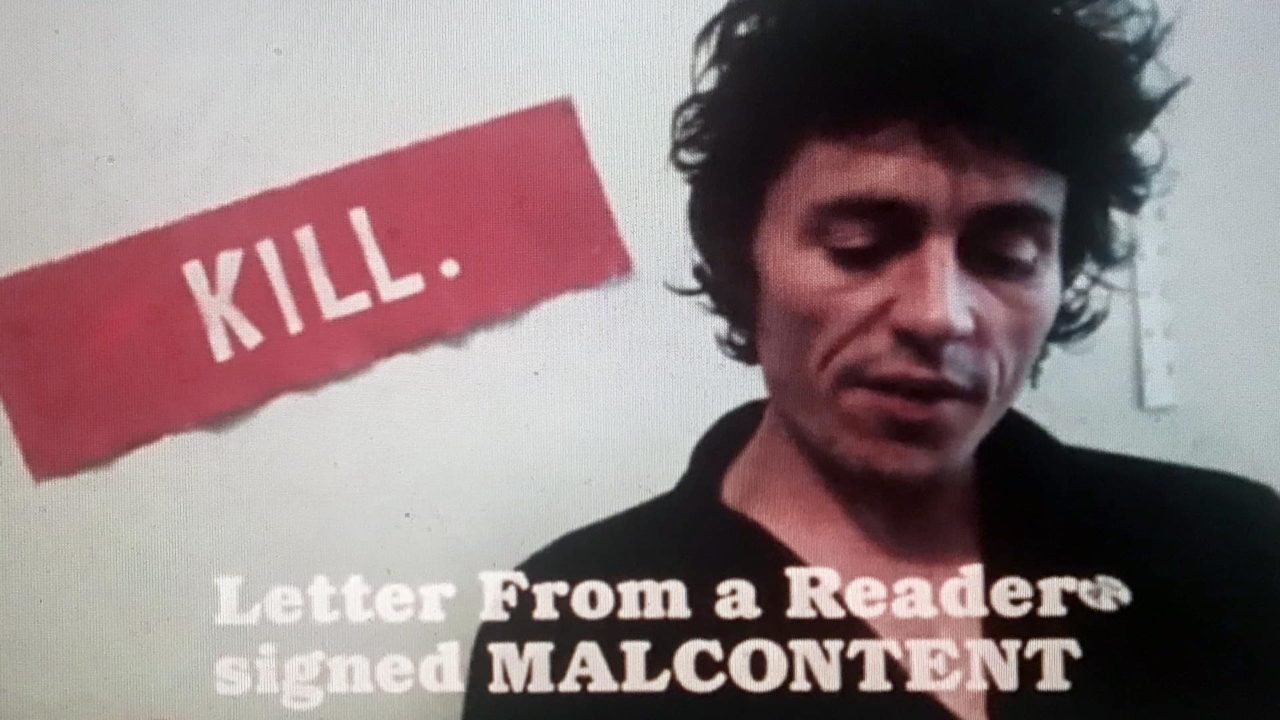
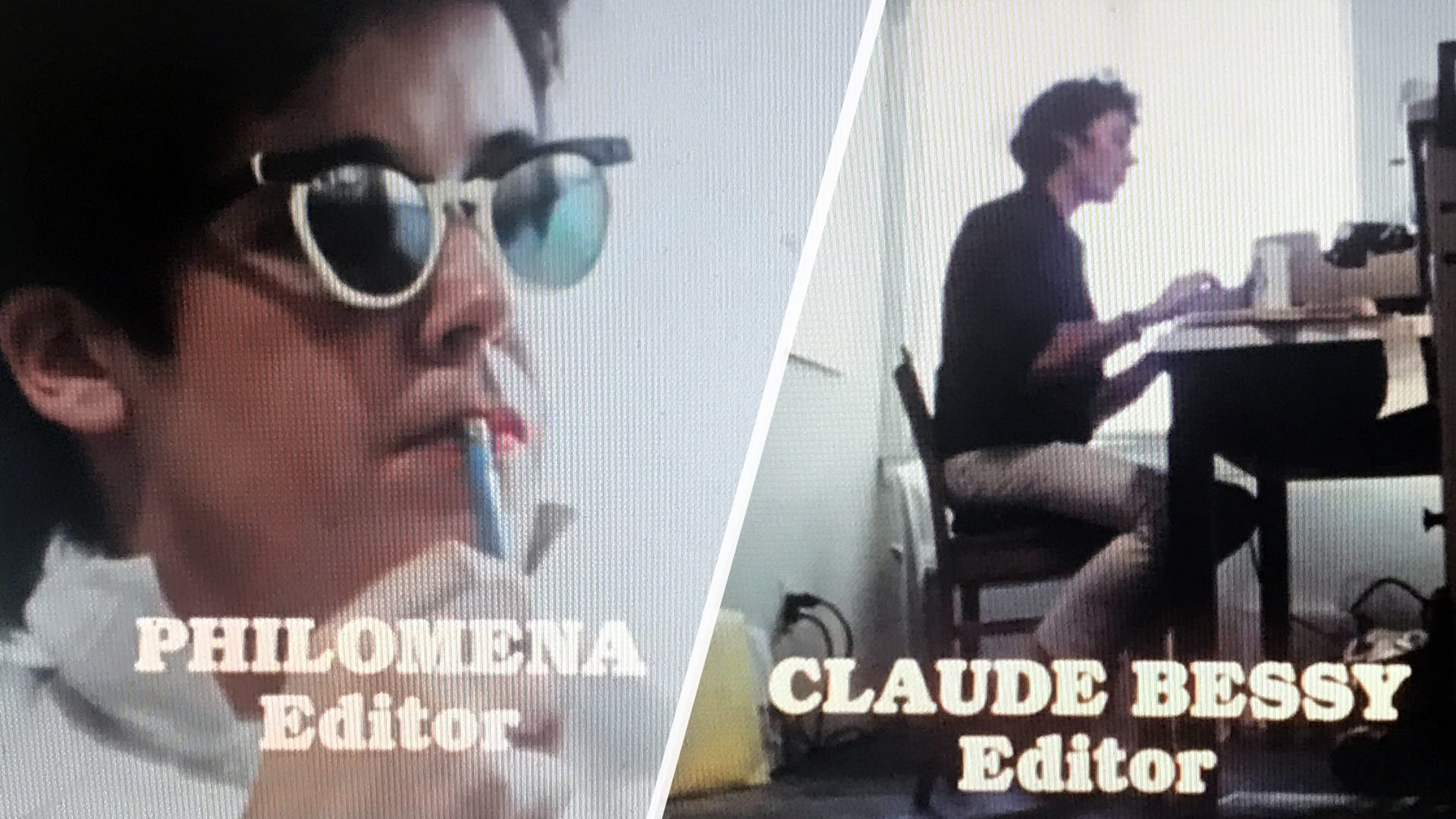
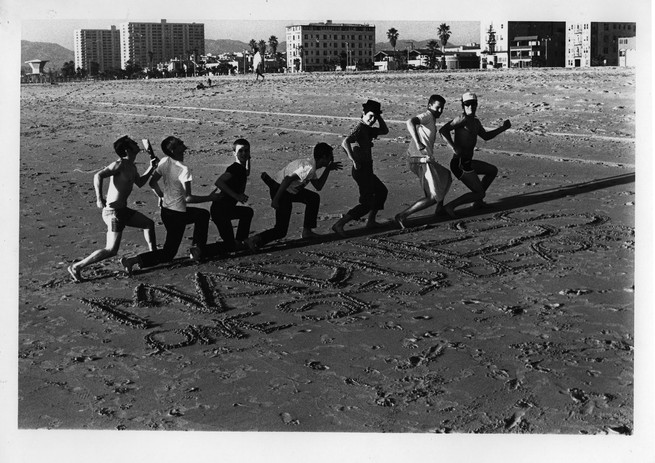

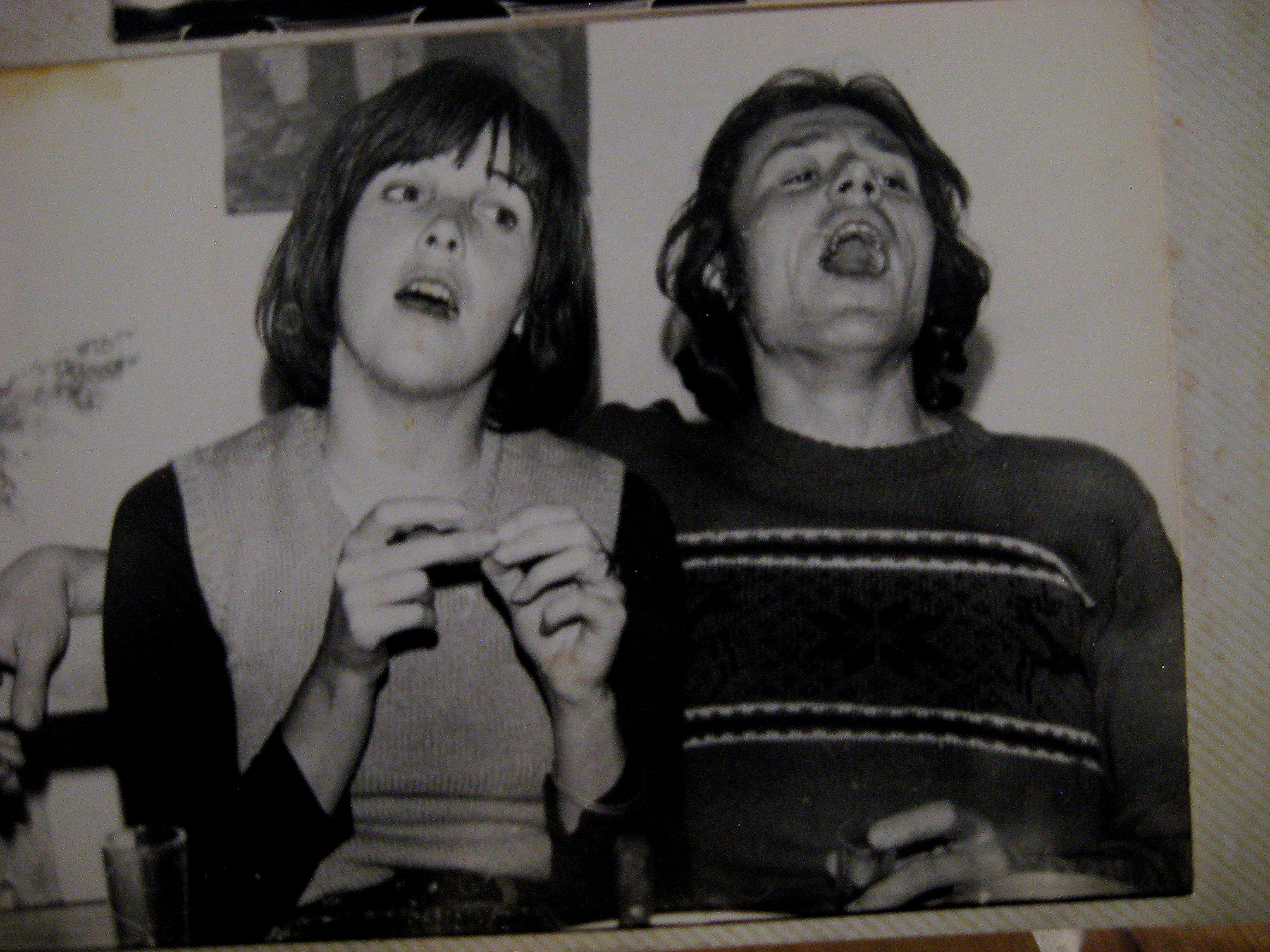
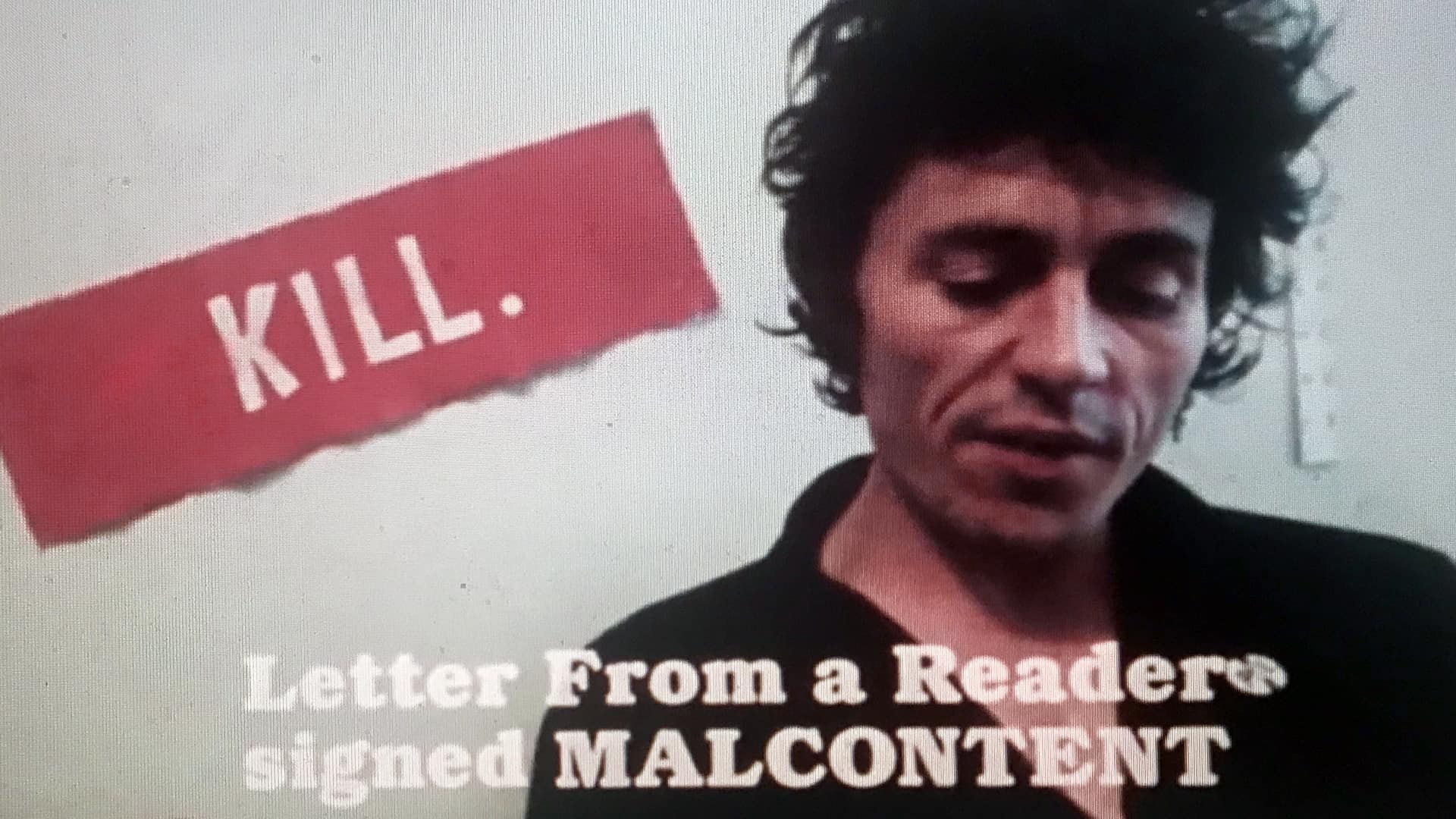
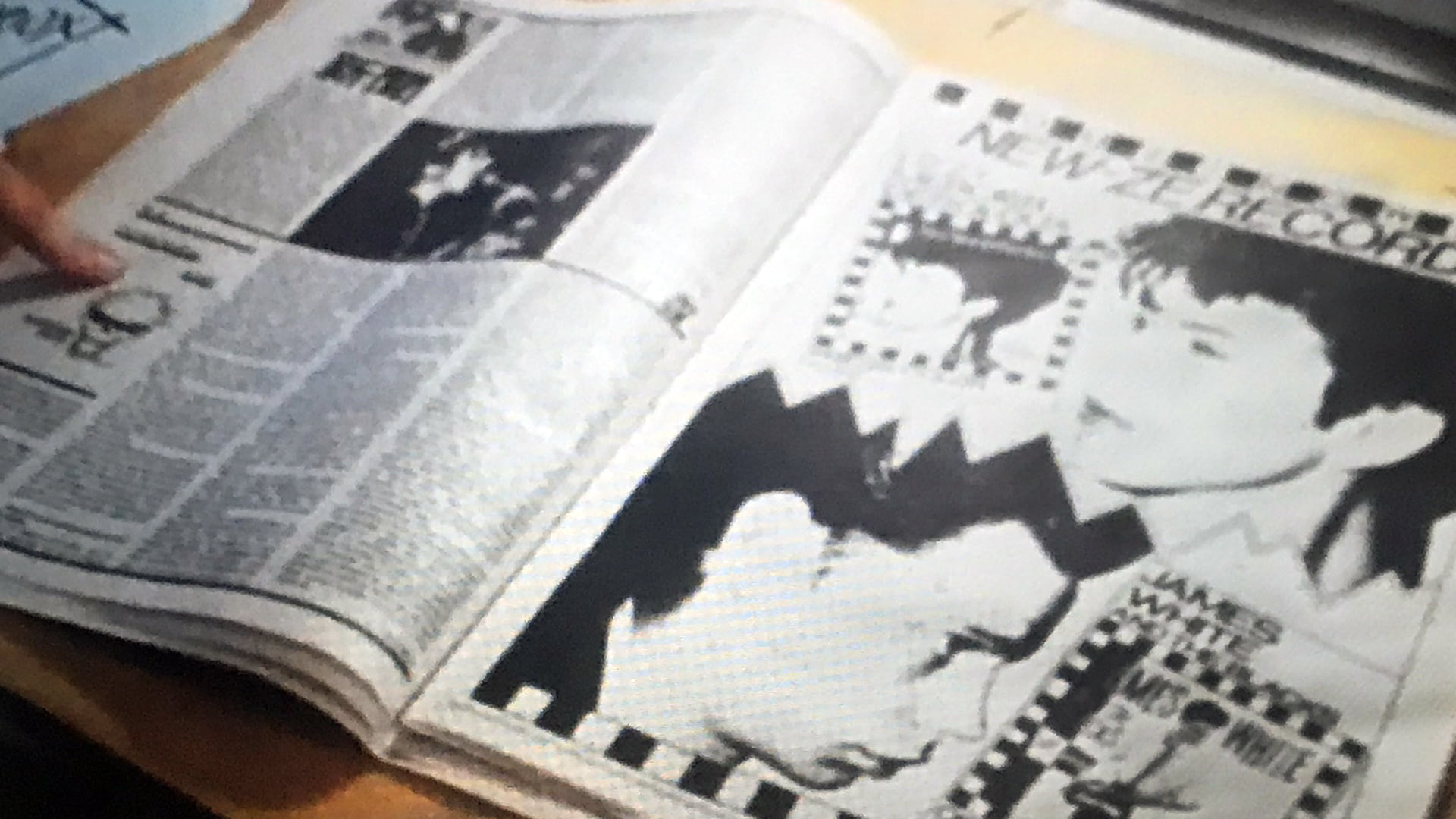
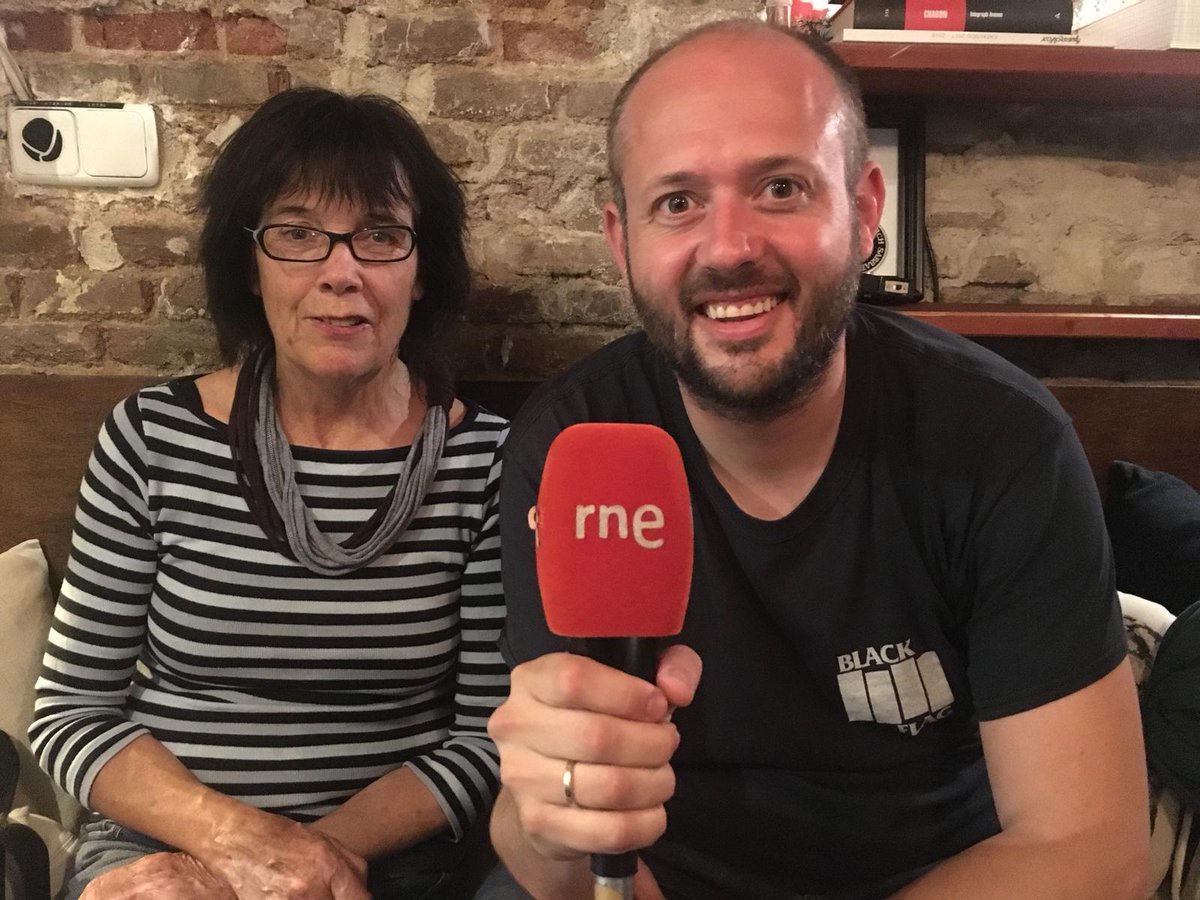
Ben
Wow, I had no idea Claude Bessy from the “Decline” movie ended up at Factory! In a way it makes complete sense, though. Great interview!
I’m really happy to see Warped Reality thriving. I read the UT interviews right after they were posted, when I was first becoming a fan with the CD re-releases, and they were an incredible resource for info on the band. I think it also inspired me to buy the Dial album that had just come out at the time. The interview with Terry Tolkin was great too! Among other things, I never knew he signed Scrawl, who I’m also a big fan of. (Actually, it would be incredible to read an interview like that with the members of Scrawl.) My own life story took me away from intense music absorption for several years and sadly most of my albums/etc.. But as I get back, it’s great to see this site is going concern and an even better repository for great music.
Christopher Rose
I had the unexpected good fortune to work with Claude at Rough Trade, so it was really great to read this, thanks.